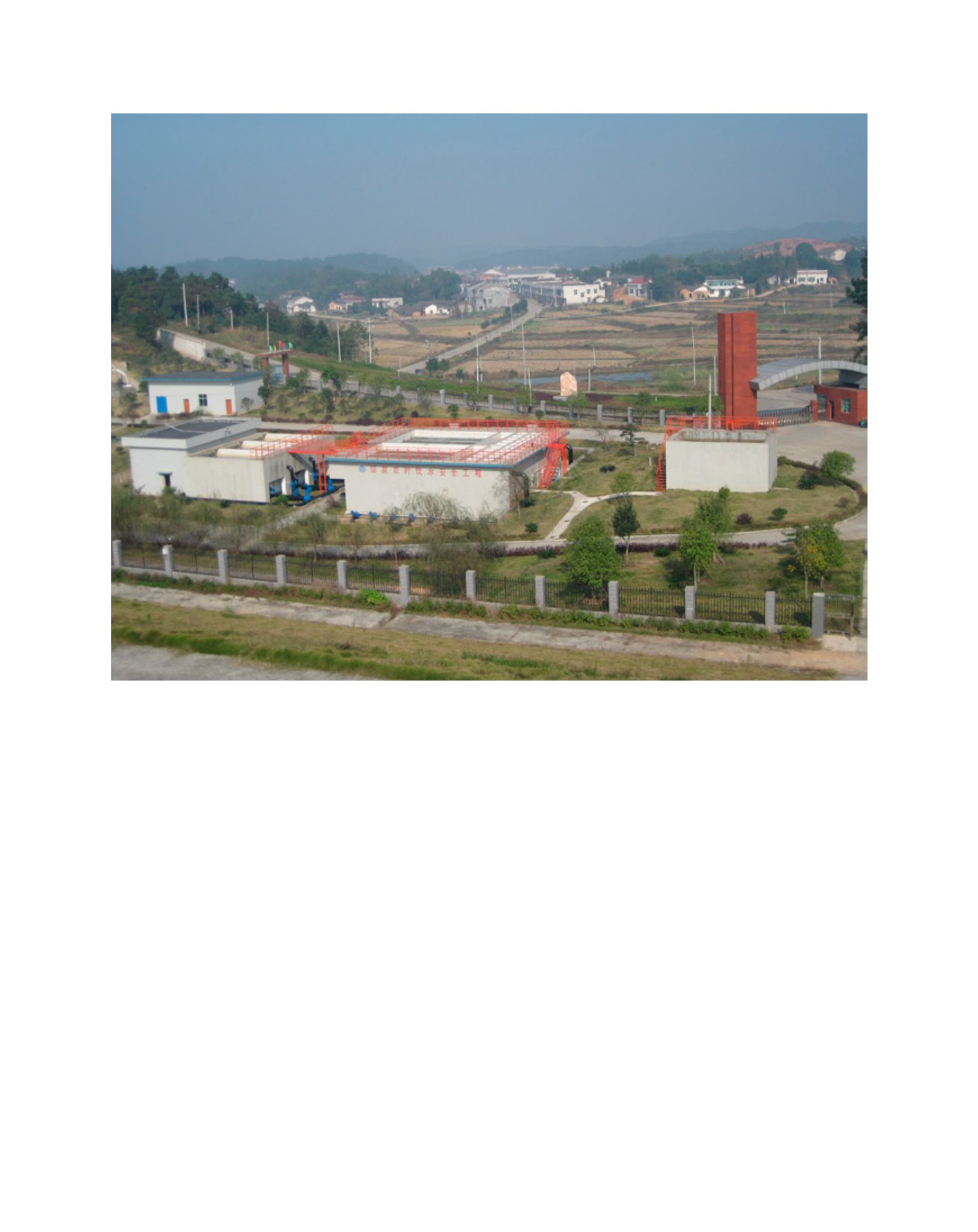

[
] 78
A B
et ter
W
or ld
treatment; purification of slightly polluted water; disinfection
of supplied water; water quality inspection; project design
standardisation and information technology application.
IWHR has led and participated in the compilation of a
number of national plans related to rural drinking water
supply, including the tenth Five-Year Plan for basic resolu-
tion of rural drinking water supply difficulty; the eleventh
and twelfth Five-Year Plans of rural drinking water security
projects; and the thirteenth Five-Year Plan for reinforcement
and improvement of rural drinking water security projects.
IWHR has led and participated in the compilation of many
industry technical standards, codes and guidelines, including
the Acceptance Code for Construction Quality of Rural Water
Supply Engineering (SL688-2013); the Design Code for Rural
Water Supply Engineering (SL687-2014); and other techni-
cal guidelines concerning water treatment, disinfection,
project operation and maintenance. In addition, IWHR has
authored such publications as
Rural Water Supply Projects –
Technologies and Modes
;
Research on Secure Rural Water Supply
Technologies
; and
Selection and Application of Technologies and
Equipment for Water Disinfection in Rural Areas
.
IWHR has been heavily involved in the construction of
demonstration projects to aid the implementation of rural
drinking water supply schemes. 130 projects have been
established in six pioneering counties to demonstrate disin-
fection technologies in six provinces – Shaanxi, Hubei,
Jiangxi, Hebei, Liaoning and Sichuan, benefitting 800,000
residents. Multiple sets of automated monitoring systems
and construction modes for rural drinking water supply
have been established and promoted in many provinces and
municipalities – Shaanxi, Jiangxi, Sichuan, Anhui, Beijing
and Chongqing – integrating such technologies into autono-
mous Web configurations, map engines and smart mobile
terminals. Four county-wide and 12 water-plant automated
monitoring systems have been installed, covering supply
to millions of people. For instance, a water supply system
with quality certification has been implemented in the
Xiaohongmen district of Beijing. With a treatment capac-
ity of 12m
3
/h, the system uses reverse osmosis as its key
technology. It is very flexible, with different combinations
of ultrafiltration and reverse osmosis modules to manage
differences in water quality, and it can supply drinking
water compliant with Standards for Drinking Water Quality
(GB5749). The system has been installed on existent facilities
including a water well, water pump, pump station and water
supply pipelines, successfully providing for 30,000 residents.
This water supply system operates successfully, significantly
contributing to the local drinking water safety and security.
A rural, centralised water supply project
Image: IWHR
















